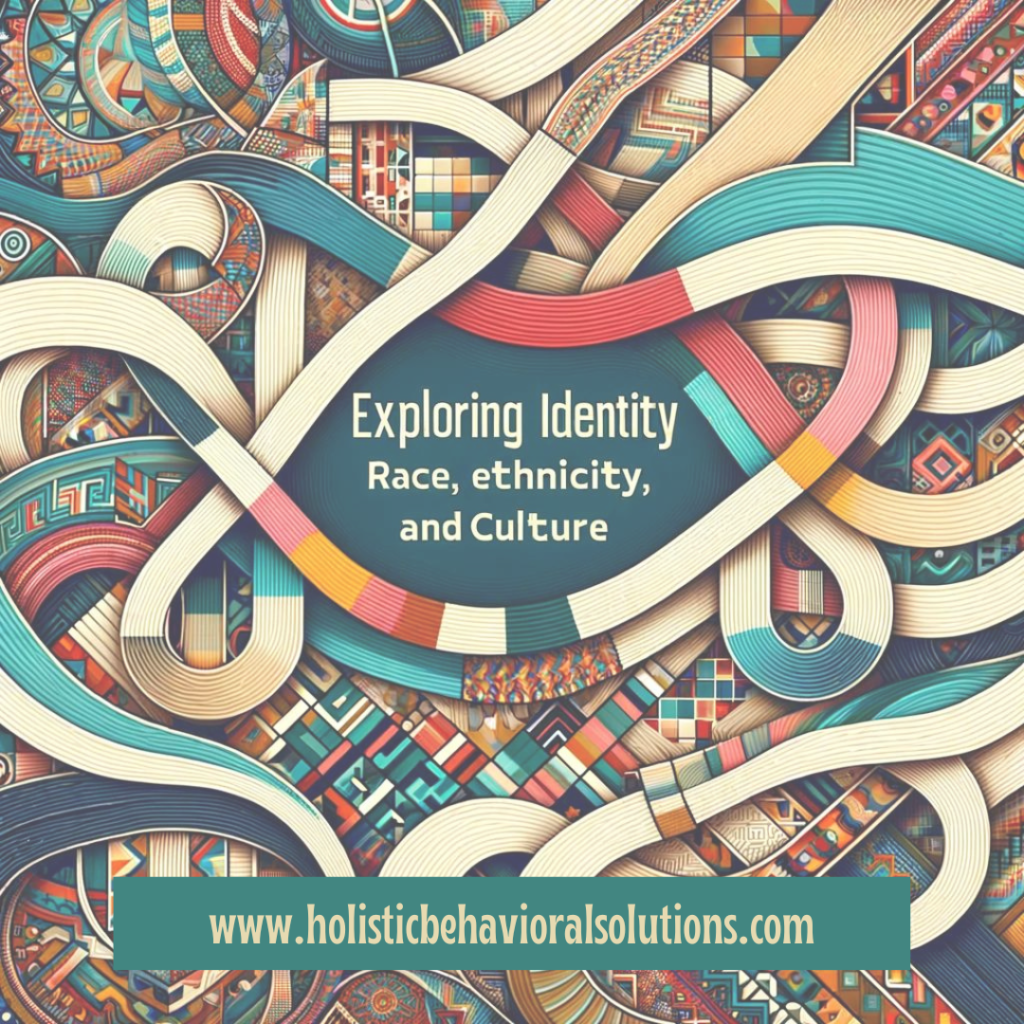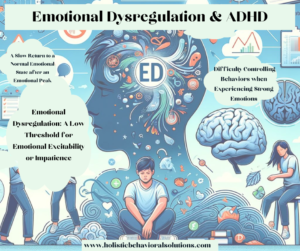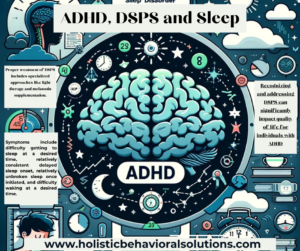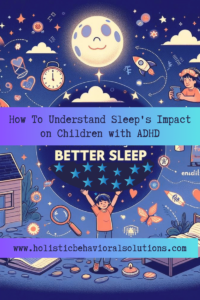
This weekend, we have been given the George Zimmerman verdict as “not guilty” in the death of Trayvon Martin. This case and verdict touch on the pulse of what Americans hold dear: family, freedom, and individual rights. People everywhere are embroiled on both sides of the fence. I have heard some say that this issue cannot be about race, as George Zimmerman is a “White Hispanic” male. The Zimmerman case challenges our understanding of race, ethnicity, and cultural identity in contemporary America. The difficult part for many surrounds the frequency our society engages in this tragic behavior.
George Zimmerman Verdict: Race and Self-Identification
For those unfamiliar with the issues of race, ethnicity, and culture, race refers to grouping across cultures. Race is based upon characteristics that may or may not be based upon biological, genetic, or pheno-typical features. Ethnicity refers to grouping across a common cultural tradition. Culture refers to identity gained from common experiences in a particular place or circumstance. We can see this as your work culture, college culture, or regional location; many different sub-cultures are represented internally within the self at any time, which co-exist and impact our functioning.
Race and culture are confusing elements of the human experience but one which is as old as the humans themselves. Humans attempt to sort through and classify who we are, where our strength in affiliation lies, and what we stand for. This classification system is constantly changing and confusing at times.
The Intersection of Race and Culture
The interplay of race and culture is a complex aspect of human experience, rooted in our innate desire to classify our affiliations and beliefs. Some may even say that it is tribal. This classification system, however, is fluid and is often perplexing. The case of George Zimmerman raises questions about the intersection of phenotypical appearance with cultural identity. We must also question the privileges or challenges that come with it. It prompts a critical examination of how individuals like Zimmerman navigate their mixed racial or cultural identities. This is similar to public figures such as Tiger Woods, Bob Marley, and Bruno Mars.
Zimmerman and The Spectrum of Identity
How can George Zimmerman, who phenotypically looks like a White man with the privileges attached, be considered “Hispanic?” He belongs to a sub-group and is considered a minority. One pre-supposes that if he is a minority, he will not be suspicious of another minority, i.e., a Black male such as Trayvon Martin.
That would depend on how George Zimmerman sees himself- does he see himself as Hispanic or White? This is a defining issue for many people who are mixed racially or culturally. This period of searching for the “true self” adds another layer of the search for the authentic self.
The Journey of Self-Identification
In George Zimmerman’s case, he may align himself so closely with mainstream culture that he becomes hyper-vigilant to those he believes are part of the subculture, i.e., African Americans (which predates European immigration -Van Sertima). In mental health, this is similar to acculturation disorder, which happens when people have problems integrating cultures; there is a culture conflict internally that is being expressed outwardly.
Moving Forward in the Dialogue on Race
Acculturation disorder and mixed-race identity issues are real and have real effects, as we can see in the Trayvon Martin case. Look around; you can NOT tell race by looking, yet it drives so much of who we are and what we do. I am left with the feeling that this conversation surrounding race is open yet again and will continue to keep happening until we reach a point in our culture where we recognize racial differences as positive and are given all the same benefits regardless of race.
This case has reopened the dialogue on race and identity in America, highlighting the invisible lines that connect and divide us. As we navigate these discussions, we could foster a society where racial and cultural differences are recognized as strengths, contributing to a rich, diverse human experience. This journey towards understanding and acceptance is ongoing, urging us to reflect on our perceptions and the societal structures that shape them.
The Holistic Store
This is a lot, but while we are thinking that through, boost your connection from the inside out with our wellness supplements and supplies. Check out our store for products that help you feel your best, making it easier to open up and connect on a deeper level.


